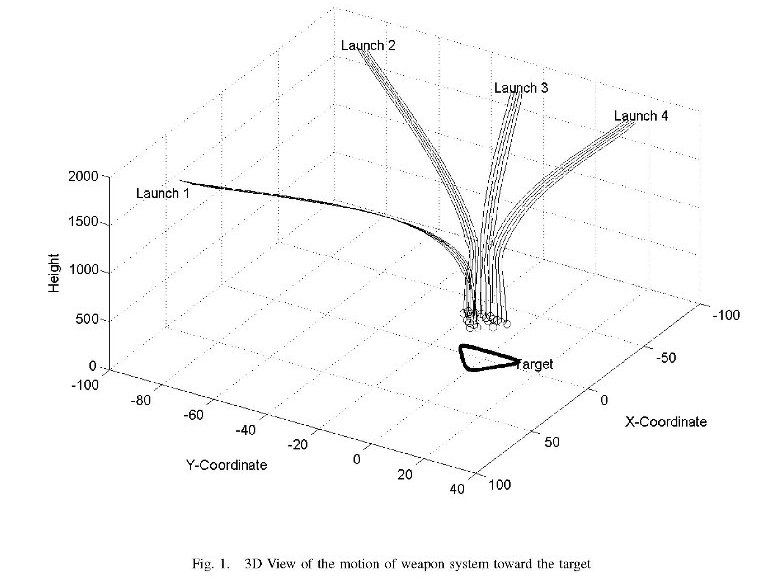Re: How Do You Sink A Carrier?
Sorry, calling no way on that one. The Timbuktuan Aerospace Magazine on the other hand cites only 3 seconds for a complete 360 degree rotation.Australian airpower estimates 7 seconds including the time it takes for the illuminator to rotate.
OMG that is so weak. I almost don't even want to dignify this one with a response. "Few" is quite open to interpretation, especially if the author didn't feel like spelling out "1 or 2" when "few" would have been more succinct and ambiguous, especially if Friedman doesn't know the exact number, which he may not. And if you want to get even more ridiculously grammatical then I don't know how on earth you could think 8 or 9 means "few". In any case this assertion is not worthy of legitimate discussion.The official line is that illumination (not including rotation) is needed for the last "few seconds". "Few seconds" does not mean 1 or 2 -- it should mean at least 3 but less than 10.
7 seconds is truly ridiculous. Have you seen how quickly the much more massive Phalanx CIWS rotates its entire structure? Try Youtube. There is absolutely no reason the USN would accept a radar not built to rotate as fast as possible, especially when it would otherwise become a crippling bottleneck for the entire air defense system of the ship.The Australian airpower estimate of 7 seconds is reasonable to me. You can use this to calculate how quickly an illuminator can fend off a salvo of ASM. Each time an incoming missile is destroyed, the other missiles get closer and closer.
My estimate in no way assumed any fighter cover at all. It is based on the missile capacities of the carrier's escorts. Statistically speaking, each carrier will be escorted on average by 2 Tico cruisers, 2 Flight I AB's and 2 Flight II+ AB's (and 1 Perry frigate). Some carrier groups, like the George Washington carrier group forward-deployed in Japan, will have more escorts.Your estimate assumes that the carrier's fighter cover exists. I am talking strictly about the technical limits of AEGIS -- in a full featured scenario, the carrier's fighter cover of course would need to be engaged.
The IR seeker is not for "close range work", whatever you mean by that. It was specifically designed to engage OTH targets in lieu of them being lit up by SPG-62 radars. Whether the IR seekers can engage targets as effectively as the radar illuminators remains anyone's guess, but certainly they had to have achieved a level of effectiveness roughly comparable to what is achieved by the SPG-62 before being adopted on a wide scale. The SM-2 Block IIIB is present on all Flight II+ ships, which represent over half the Arleigh Burke fleet. They are also being backfitted to the Flight I's and Ticonderoga class cruisers during overhauls.IR seeker for SM-2 (Block IIIB) is brand new technology. I question how effective they could be against small, subsonic cruising sea skimmers. IR seeker is for close range work.
This all means what? Nothing. You don't have a clue what effect any of these factors has on the ability of the SPG-62 to keep up with targeting. And in fact the illuminator does NOT at all keep up with targeting as you claim. It is completely slaved to the SPY-1D radar which does the tracking and pointing for it. The SPY-1 also does all the midcourse updates and tracks the outbound missiles on their way to their targets, not the SPG-62. The SPG-62 is nothing but an X-band puppet radar for the SPY-1 S-band radar to use during terminal guidance.There are lots of variable and unknowns here. Consider the effect of a final stage using rocket booster, stealth shaping and coating and high-G endgame maneuvers. All these make things even more difficult for the illuminator to keep up.
Last edited by a moderator:

